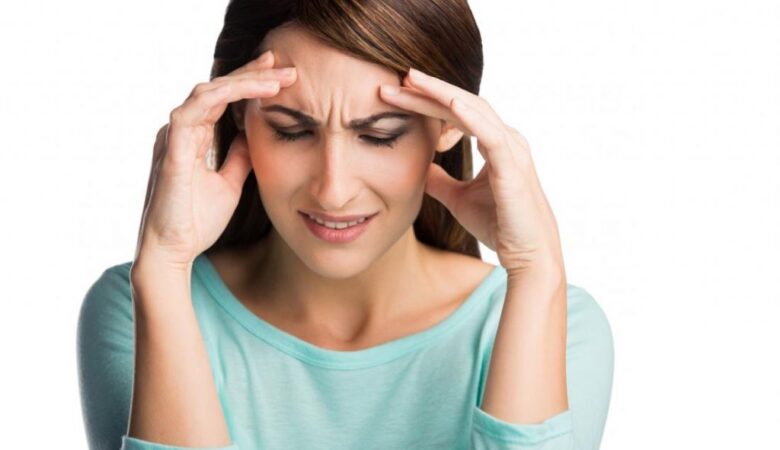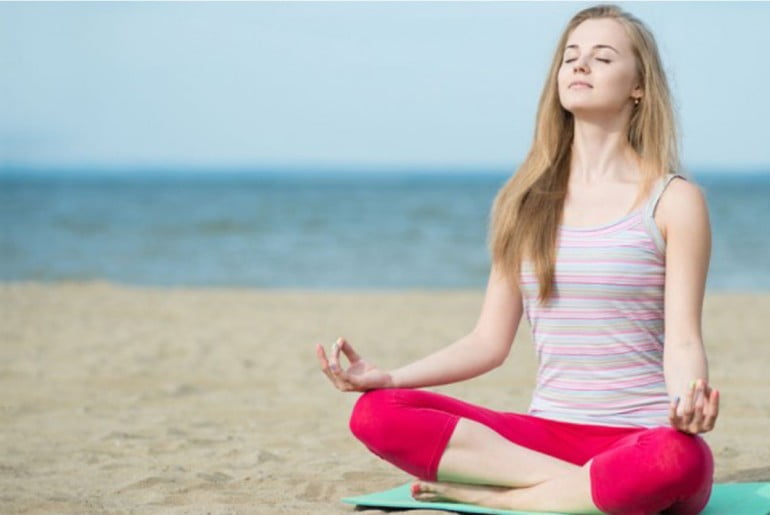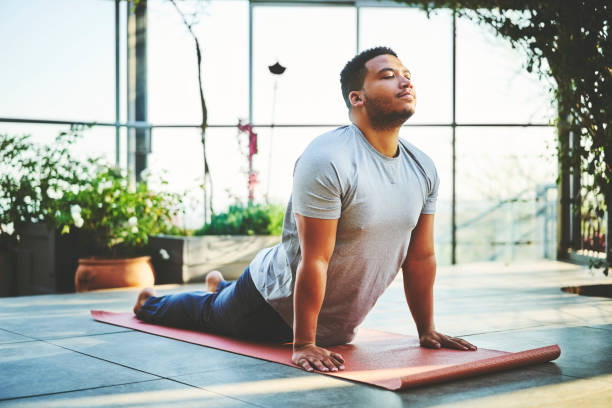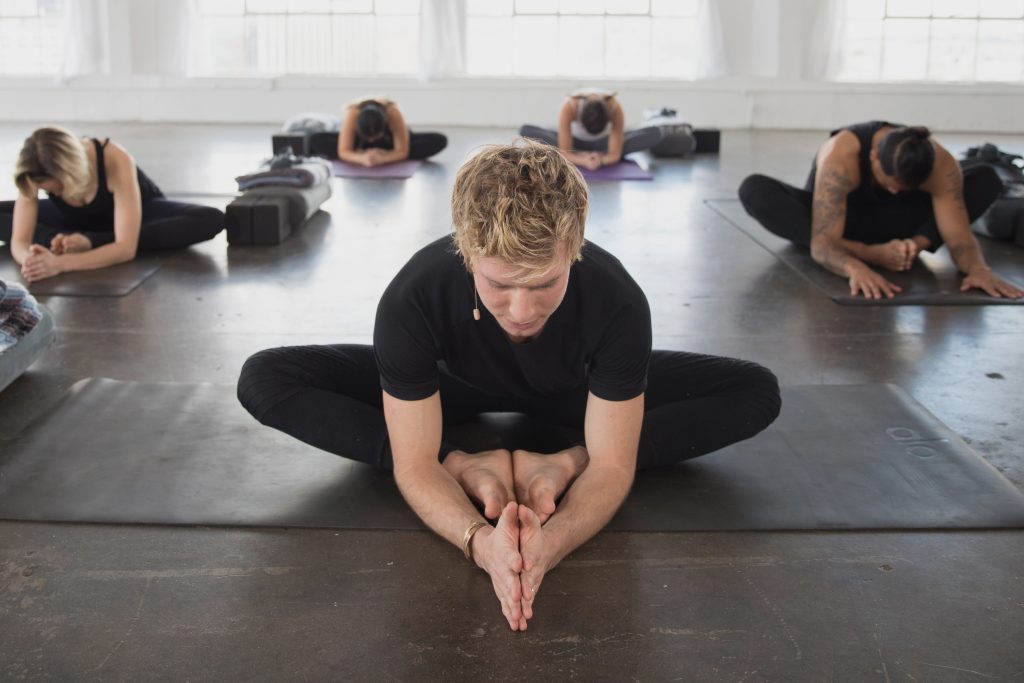
Piles and Fistula are two of the most common anorectal conditions that affect millions of people. While piles involve swollen blood vessels in the rectal area, a fistula is a small tunnel that develops between the end of the bowel and the skin near the anus, often due to infection.
This case follows the story of Mr. Kunal Sinha, a 39-year-old bank manager from Lucknow, who suffered from chronic piles and fistula. After multiple relapses and conventional treatments, he turned to yoga as a complementary therapy, which brought substantial improvement in his symptoms and quality of life.

Table of Contents
Patient Profile
-
Name: Kunal Sinha
-
Age: 39
-
Occupation: Bank Manager
-
Location: Lucknow, Uttar Pradesh
-
Diagnosis:
-
Grade II Internal Hemorrhoids (Piles)
-
Low Transsphincteric Anal Fistula
-
-
Primary Symptoms:
-
Pain and bleeding during bowel movements
-
Perianal itching and swelling
-
Occasional pus discharge (fistula)
-
Constipation and bloating
-
Stress and anxiety due to recurrent episodes
-
Medical Evaluation and Treatment:
Investigations Conducted:
- Proctoscopy: Grade II internal piles with no thrombosis
- MRI Fistulogram: Single low transsphincteric tract (~2.5 cm)
- Blood Tests: Normal CBC, slightly elevated CRP indicating low-grade inflammation
Medical Management Plan:
Pile Treatment:
- Topical ointment (Lidocaine + Hydrocortisone) for local relief
- Oral flavonoid supplement to improve venous tone
- High-fiber diet & stool softeners (Isabgol and Lactulose)
Fistula Treatment:
- Antibiotics (Ciprofloxacin + Metronidazole) – 7-day course
- Sitz baths twice daily
- Kshar Sutra therapy was recommended if the recurrence continued
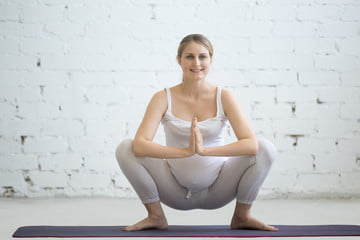
Introduction to Yoga as Complementary Therapy
The doctor recommended yoga therapy to address root causes—chronic constipation, poor digestion, and a sedentary lifestyle and to improve blood circulation in the pelvic region. Kunal was referred to a yoga therapist with experience in gastrointestinal disorders.
Yoga Therapy Details
Yoga Goals:
- Improve digestion and bowel movement regularity
- Strengthen pelvic muscles and support rectal tissue
- Enhance lymphatic drainage and reduce inflammation
- Reduce stress and anxiety, which contribute to flare-ups
Customized Yoga Routine For Piles and Fistula:
Session Format:
- Duration: 45–60 minutes
- Frequency: 6 days a week
- Duration of Program: 5 months
1. Warm-Up and Joint Mobilization (10 minutes)
- Neck and shoulder rolls
- Side bending
- Gentle spinal twists
- Hip circles and knee raises
- Focus on breath coordination
2. Asana Practice (25–30 minutes)
- Malasana (Yogic Squat): Stimulates bowel movement and tones pelvic floor
- Pavanamuktasana (Wind-Relieving Pose): Eases gas, bloating, and pressure
- Trikonasana (Triangle Pose): Improves digestion and core strength
- Bhujangasana (Cobra Pose): Increases blood flow to pelvic area
- Ashwini Mudra (Anal Sphincter Contractions): Strengthens anal muscles
- Utkatasana (Chair Pose): Builds lower body strength and circulation
- Viparita Karani (Legs Up the Wall): Reduces pressure on rectal veins
3. Pranayama (10 minutes)
- Kapalabhati (Skull Shining Breath): Detoxifies and stimulates digestion (done gently)
- Nadi Shodhana (Alternate Nostril Breathing): Calms nervous system
- Sheetali (Cooling Breath): Reduces heat and inflammation
4. Mudras and Bandhas (5–10 minutes)
- Ashwini Mudra: Contracting and releasing anal sphincter muscles while seated
- Moola Bandha (Root Lock): Activation of pelvic floor for rectal tone
- Apana Mudra: Assists downward flow and elimination
5. Meditation and Relaxation (10 minutes)
- Yoga Nidra twice a week to reduce anxiety and tension
- Breath-focused seated meditation for 5–7 minutes daily
- Affirmation Practice: “I release with ease. I heal with peace.”
Dietary and Lifestyle Changes
- Switched to a vegetarian, fiber-rich diet with warm water intake
- Avoided processed foods, fried items, and alcohol
- Ate early dinners (by 7:00 PM) and chewed slowly
- Daily sitz baths with turmeric and salt
- Maintained a bowel movement journal
Progress Timeline
After 1 Month:
- Constipation resolved
- Significant reduction in bleeding and anal itching
- Fistula discharge reduced noticeably
After 3 Months:
- No recurrence of bleeding or pain during bowel movements
- MRI showed the fistula tract reduced in size and inflammation
- Stopped antibiotics and ointments under the doctor’s guidance
After 5 Months:
- Gained full control over bowel habits
- Ashwini Mudra and breathing practices continued as daily habits
- Felt stronger, more energetic, and emotionally at peace
- Avoided surgical intervention completely
Conclusion:
Chronic piles and fistula can be debilitating and emotionally distressing. However, with proper medical care and the holistic approach of yoga, patients can not only find relief but also prevent recurrence and improve overall well-being. Yoga addresses the root causes like constipation, stress, poor circulation, and muscular weakness, making it an effective complementary therapy.
Reference Article:
- 6 Best Yoga Poses & Exercises To Deal With Piles
- 6 Yogasanas for Piles: Treat and Prevent Hemorrhoids Naturally
- 5 Best Yoga Poses for Piles: 15-Minute Routine for Haemorrhoid Relief
- Top 6 Yoga Asanas & Exercises To Cure Piles

